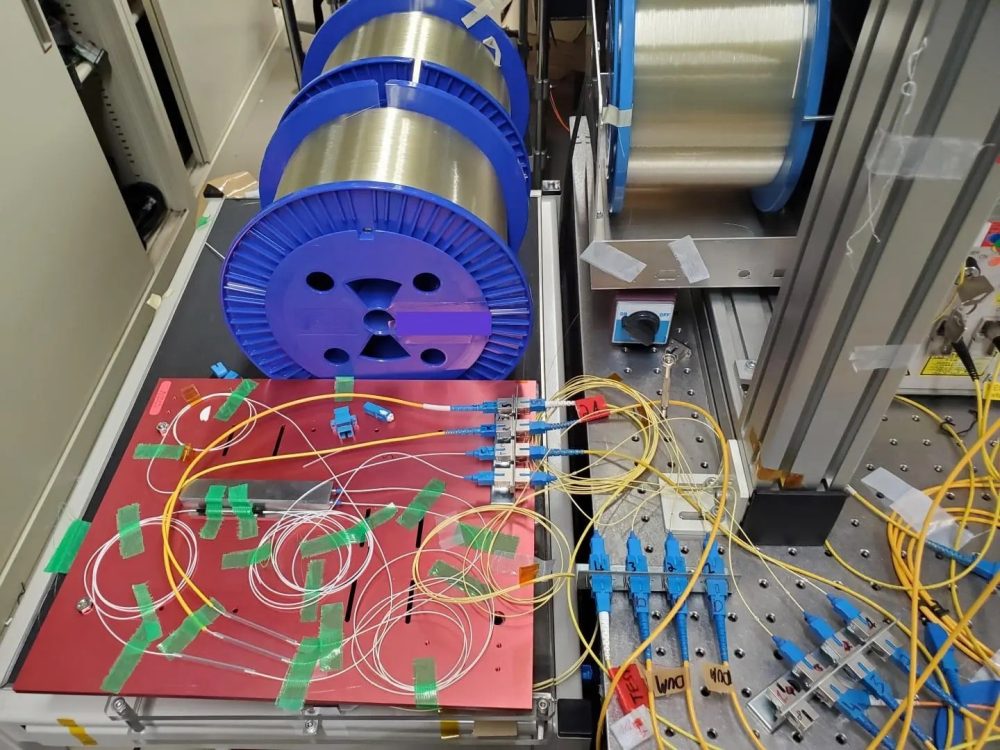If your internet ever feels sluggish, this might hurt a little: Japanese researchers have just set a new world record for internet speed, and it’s 4 million times faster than what most people in the U.S. are using right now.
Scientists at Japan’s National Institute of Information and Communications Technology (NICT) announced they’ve achieved a mind-bending 1.02 petabits per second (Pbps) of data transmission that’s 125,000 gigabytes every single second over a distance of 1,120 miles (roughly the stretch between New York and Miami).
- You could download the entire Internet Archive in under 4 minutes.
- Stream nearly 10 million 4K movies simultaneously.
- Or simply enjoy the satisfying fantasy of never seeing a buffering wheel again.
Reinventing the Fiber Optic Cable
The magic behind this record-breaking achievement isn’t in lasers or satellites; it’s in the cable. But not just any cable.
NICT’s researchers developed a new kind of ultra-dense optical fiber, capable of carrying the same amount of data as 19 regular fiber-optic cables — all packed into a strand just 0.127 millimeters wide. That’s the same size as today’s standard internet cables, meaning it could theoretically be laid into existing infrastructure without tearing up city streets.
But this isn’t just about stuffing more lanes onto the highway. The real breakthrough lies in how consistently light moves through all 19 cores of the fiber. This synchronization reduces noise, distortion, and data loss, especially over long distances. In fact, this is the first time such speed has been sustained over 1,800 kilometers, three times the range the team achieved in a 2023 trial.
What Can Change
Besides making Netflix binge sessions unimaginably fast, this breakthrough addresses a far more urgent issue: the global data explosion.
With AI, streaming, cloud computing, and the looming metaverse all demanding massive bandwidth, our current infrastructure simply can’t keep up. According to NICT, global data traffic is expected to surge in the coming years. Unless we upgrade our methods for moving data quickly and over long distances, we risk bottlenecks in our digital future.
This new fiber could help build a scalable, high-capacity backbone for tomorrow’s internet, supporting not just faster Netflix but smoother global finance, autonomous cars, real-time AI training, and beyond.
So, When Can I Get It?
Don’t expect petabit internet in your home anytime soon, unfortunately. For now, this technology is a proof of concept aimed at telecom carriers and hyperscale data centers. However, the fact that it uses existing cable dimensions means real-world deployment is far more feasible than previous moonshot experiments.
And with countries like Japan and South Korea pushing hard to future-proof their digital infrastructure, there’s a good chance this tech could go mainstream within the next decade.
Internet Speeds and AI
This isn’t just about convenience, it’s about technological power. In a world where AI training, cloud infrastructure, and digital sovereignty are global battlegrounds, whoever controls bandwidth at scale controls the future.


